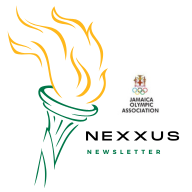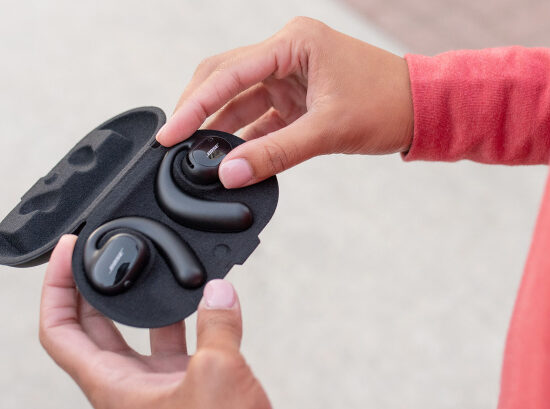Sports have been impacted by the pandemic from professional leagues, to youth and school activities, and even sports medicine. According to Aaron Smith, CEO of orthopedic medtech company, Artelon, sports medicine has become less about bones and muscle, and more about epidemiology.
Sports have been impacted by the pandemic from professional leagues, to youth and school activities, and even sports medicine. According to Aaron Smith, CEO of ortho medtech company, Artelon, sports medicine has become less about bones and muscle, and more about epidemiology.
What this means is sports and exercise haven’t stopped, especially among professional and amateur athletes, Smith says. Rather, those activities and the corresponding stresses and injuries have shifted to informal settings without the trainers and professionals available to be on top of problems.
That being said, injuries have just gotten more challenging to treat and address and that goes for injuries that occur outside of sports, but also fall under the sports medicine context. If anything, when possible, people have gotten out of their homes and gotten exercise to manage stress and they might actually be doing more jogging or outdoor activities than they might have with their commute and in the office or factory work setting, Smith says.
However, accessing and delivering care for these sport-related injuries has been vastly complicated by COVID-19.
“Patients will push off seeing a physician, allowing an injury to get worse,” Smith says. “But even with proper diagnosis, patients needing surgical intervention have faced further challenges, with many of these procedures considered to be ‘elective’ and prone to delay or become a cancellation as facilities become overwhelmed in caring for COVID-19 patients.”
Smith says like those facing challenges of treating their injuries, the pandemic also altered the approach in serving physicians.
“I would like to say we immediately saw the impact of the pandemic and developed our approach to ankle stability (specifically) as an intelligent response, but in reality, the pandemic only emphasized the need for a surgically efficient and biologically integrated solution to addressing ankle instability in cooperation with biology,” he says. “Physicians desired a dynamic reinforcement within a comprehensive surgical system. They needed innovation that was beyond just providing a novel biomaterial, but that innovated the surgical procedure and included the novel biomaterial, which is what we have worked to provide.”
To serve physicians what was needed, Artelon has put more of a focus on injuries like ankle stability which can provide surgeons a complete and agile solution platform, Smith says.
This lead to the organization launching FLEXBAND SOLO and ATL Anchoring Systems for ankle reconstruction in October 2020. Smith said these ankle-focused products became something physicians wanted to being something they felt they really needed to allow their practices to be more resilient and take their service up a level.
This need shows the relevance of sports medicine and improving approaches to solutions in managed care because it all goes back to being in the operation room to a patient’s recovery, Smith says.
“I think (healthcare professionals) have been asking for this for some time,” he says. “They have been asking for innovators to look at their needs less as singular innovations, and more in terms of holistic solutions whose advantages begin in the operation to a patient’s recovery. Make care easier and better.”
Smith adds healthcare organizations have more leverage than perhaps sometimes they realize and he thinks they can point to systems like Artelon and ask for approaches that benefit the entire episode of care and recovery.






 and then
and then